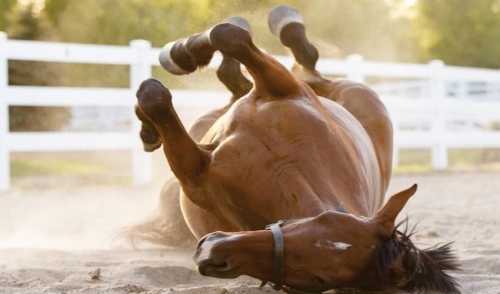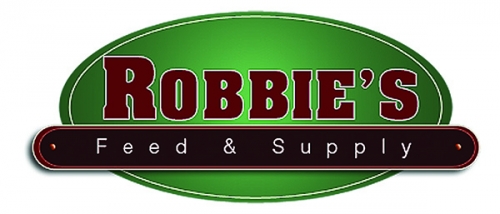
Colic in Horses: Pinpoint the Pain
Colic is one of the most common causes of emergency treatment in horses. What causes this abdominal issue and what are some of the contributing factors?
What is colic in horses?
Colic is defined as abdominal pain. It could be associated with any organ in the abdominal cavity. Generally, it refers to pain originating from the digestive tract. Colic is one of the most common causes of emergency treatment in horses. It also is the leading disease cause of death in horses.
What causes it?
Causes are many and are classified according to the contributory causes, disease present and the location in the gastrointestinal tract where the problem occurs. Examples include: ileus from intestinal spasms, gas colic resulting from nonstructural carbohydrates (starch and sugars) overloading the small intestine, obstructive colic which may be an impaction of the small or large intestine, enteritis or colitis which is inflammation of the small or large intestine, displacement, strangulation and gastric or intestinal ulcers.
What are contributory factors? (Excluding parasites)
- Starch overload. The feeding of cereal grains with high levels of starch that exceed the capacity of the small intestine’s ability to enzymatically break down starch and sugars, undigested starch and sugars that reach the cecum create acidosis which result in gas production, death of fibrolytic bacteria, rapid multiplication of pathogenic bacteria, destruction of the intestinal mucosa and the absorption of toxins. Gas production can contribute to displacement of the colon and strangulation. The amount of feed presented to the horse, the starch level in the feed, the source of the starch, the processing of the feed and the rate of intake are factors that can contribute. There are individual differences among horses but starch levels should not exceed 0.2% of body weight per meal.
- Impaction – This occurs within the lumen of intestine and may be associated with poor quality hay, lack of water consumption, large meal size, poor dental function and feeding high levels of starch. It is recommended not to exceed 0.5% of bodyweight per meal on the concentrate fed.
- Lack of forage – Forage should be available free choice preferably but should be fed at 1.5 – 2% of body weight per day.
- Pasture – Lack of access to pasture can be a contributory factor. Grass contains 70%+ moisture and the grazing process allows for exercise and trickle consumption.
- Change of diet – Changing hay or feed should be done gradually to allow the microflora to adapt. Sudden abrupt changes in feed or hay can be contributory factors.
- Feeding management practices – if possible feed individually. Competitive group feeding can cause horses to ingest too much and too rapidly. If horses are fed in groups use feeders that are spread out.
- Feeding routine should be consistent. Try and space the meals out and not feed meals close together.
- Feeding routine should have hay put out first before the feed. This will slow feed intake which is desirable.
- Avoid moldy feed and hay. Feed and hay should be stored properly and should be examined for the presence of mold.
- Inadequate water consumption is a contributory factor. Fresh clean water should be readily available at all times.
- Free choice salt preferably in loose form.
- Avoid alfalfa hay with blister beetles, black walnut shavings as bedding. Feeding management should address the prevention of sand ingestion where sandy soils occur.
The feed room is proudly brought to you by Nutrena and Cargill Animal Nutrition. Learn more about us here. You can see the original blog post here.
